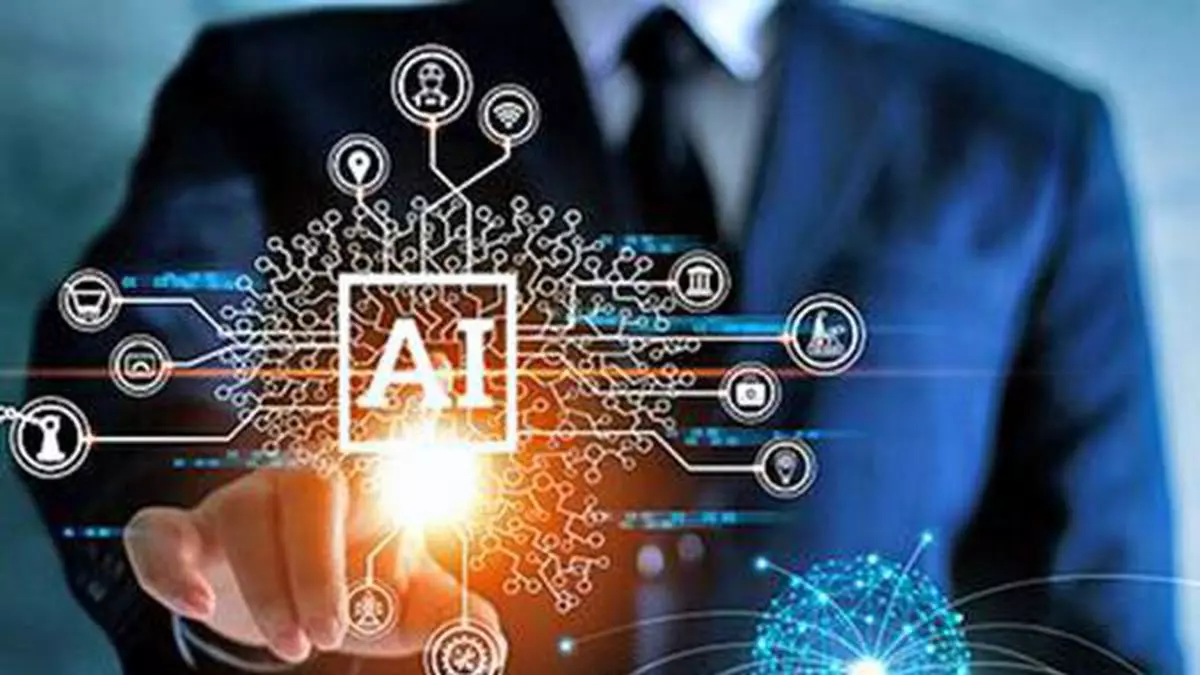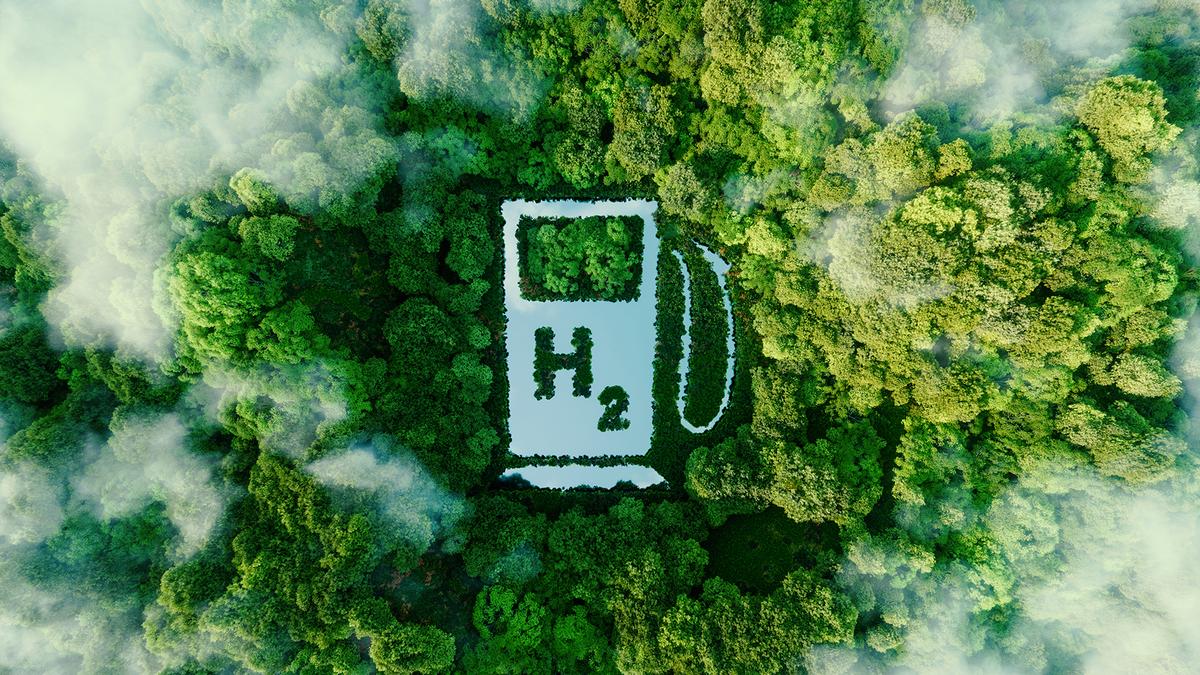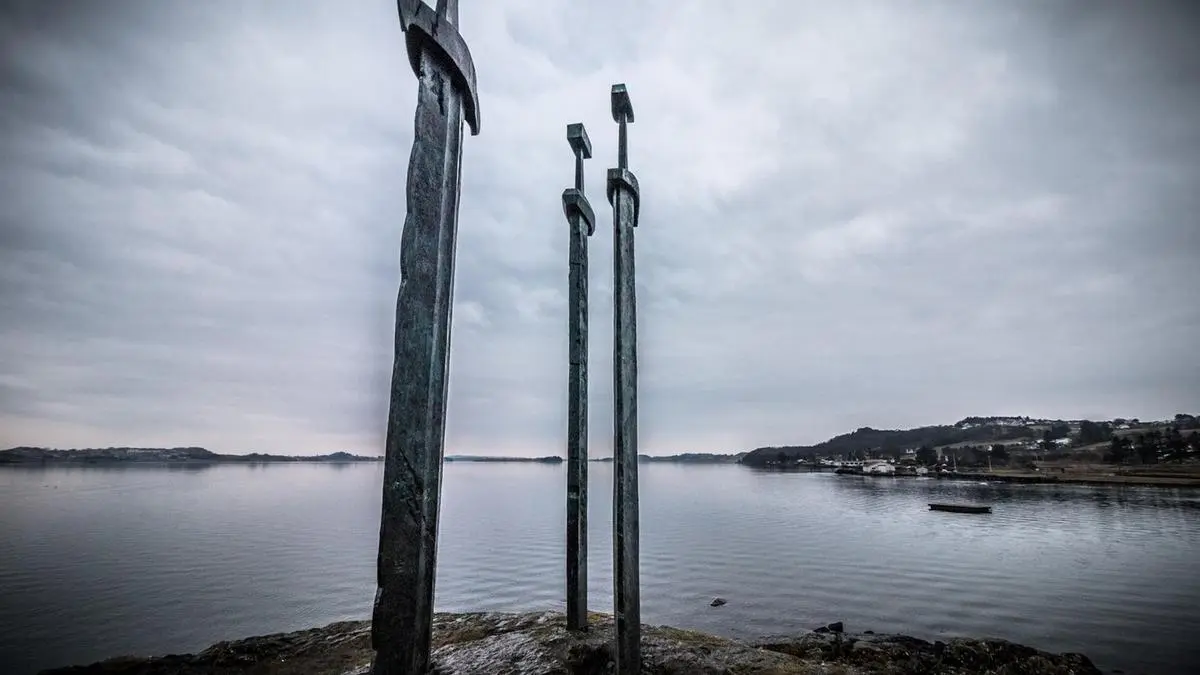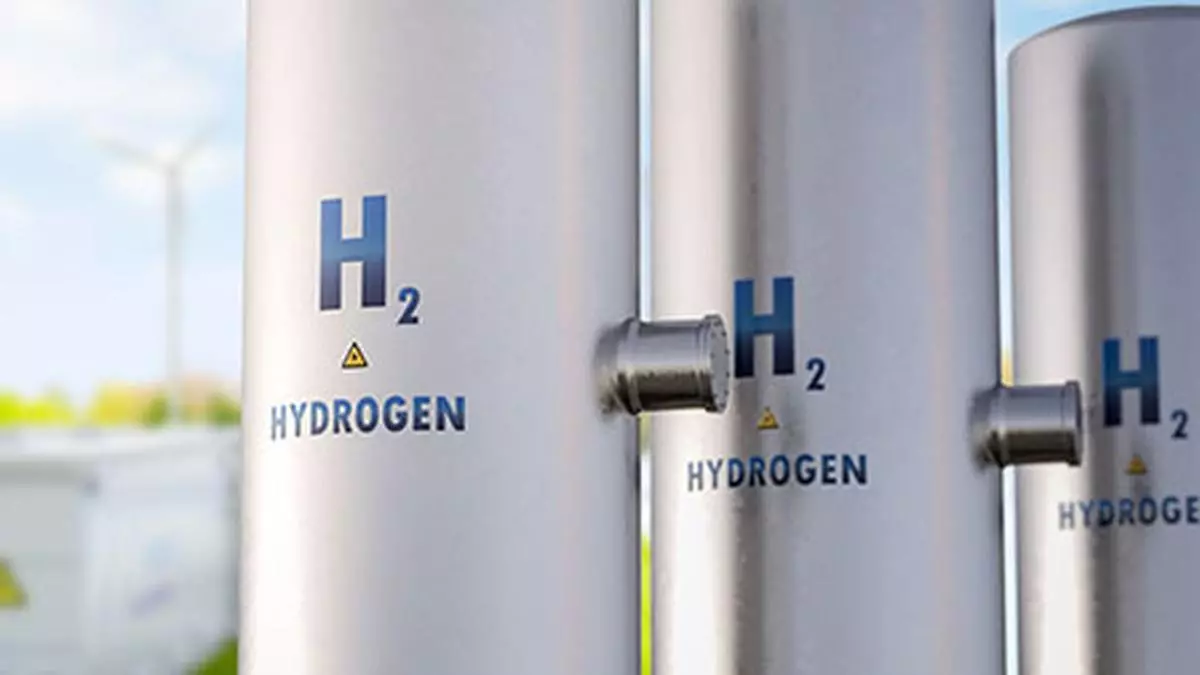Can you imagine rocketing up the components of a large telescope or a solar power plant and having them all assemble themselves into the telescope or the solar plant in space?
Sounds like science fiction stuff, but it is not. Space-based infrastructure is not basic research anymore, but something that has all signs of becoming reality.
Ask Swati Mohan, the NASA engineer, whose historic words, “touchdown confirmed” announced to the world the successful landing of the Perseverance rover on the surface of Mars, on February 18, 2021. She was the ‘Guidance, Navigation and controls operations Lead’ for NASA’s Perseverance Mars rover mission, and is currently working on the ‘Mars sample return programme’.
So, Dr Mohan should know a thing or two about space-based infrastructure as ‘autonomous assembly of space telescopes’ was the subject of her doctoral thesis at the Massachusetts Institute of Technology, US.
The 41-year-old, Bengaluru-born, US-raised scientist, who loves wearing a bindi —calls herself a “practicing Hindu” and believes that “we as people cannot know everything and the mystery of it inspires me and keeps me humble”— was inspired into ‘space’ by Star Trek as a child. As a school-goer, she won an internship with the institution where her destiny would take her years later — NASA. Her conversation with businessline got to the question of whether self-assembly of space telescopes (and other infrastructure like space solar stations) are mature technologies or not.
“It is not basic research anymore,” she said, but “it is not high enough that a mission will accept it, because it is risky.”
In the ‘technology readiness level’ scale (where TRL-1 is a concept and TRL-9 is a market-ready product), “the middle portion is called the ‘valley of death’,” Dr Mohan explained. One can build prototypes and do lab-based demonstrations, but to demonstrate it in space (or in an environment relevant to the product) is very difficult, she said. (Dr Mohan has earlier spoken about the US ‘OpTIIX mission, for the first telescope assembled in flight’, which was given up “due to various reasons”.) Space-based infrastructure is yet to cross the ‘valley of death’, she said.
“We have a lot of different techniques” for autonomous assembly of a telescope (or any other space infrastructure) she said, stressing that “it is not as simple as declaring whether the technology is mature or not. I think we will eventually get there, but it requires a little bit more coordinated thought and planning.”
Pertinent to note that the Russian President Vladimir Putin has just said that Russia would put up a nuclear power plant in space. (Space-based power stations, whether solar or nuclear, would convert electricity into microwaves and beam them to earth, where it is re-converted into electricity.)




